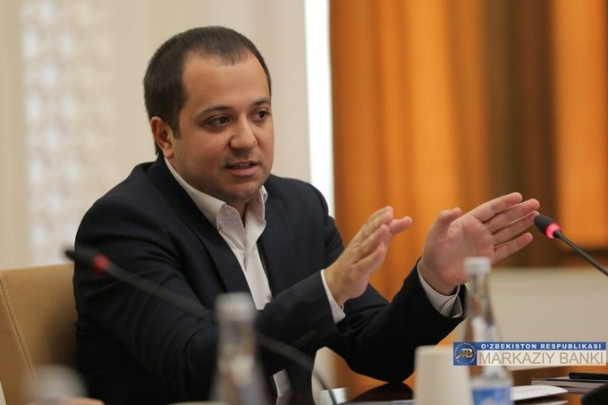Central Bank comments on Uzbekistan’s inflation rate in 2019

Photo: KUN.UZ
The Central Bank of Uzbekistan has published preliminary monetary indicators for 2019.
According to the basic forecast scenario for the development of the Uzbek economy, given in the “Main directions of monetary policy for 2019 and the period of 2020-2021”, the forecast inflation rates for 2019 were set at 13.5-15.5%. During 2019, when considering the level of the refinancing rate, the Central Bank kept the forecast inflation rate unchanged.
At the end of 2019, inflation formed near the upper boundary of the forecast corridor and amounted to 15.2%.
At the same time, inflation in 2019 was characterized by multidirectional trends. In particular, in the first half of the year after the decline and consolidation at the level of 13-13.5% per annum, in the second half of the year the inflation dynamics turned in the direction of the upward trend.
“The relatively high inflation rate in the second half of the year was facilitated by the liberalization of regulated prices and factors that stimulated investment and consumer demand, backed up by increased credit activity of banks and increased government spending,” the CB said.
For example, along with an increase in regulated prices, the acceleration of devaluation in July-August was the main factor in the growth of the monthly inflation rate to 2.9% in August 2019 against 0.3% in the same period last year.
In the IV quarter of 2019, there was a certain decrease in inflation growth rates (by 0.7 percentage points) compared with the corresponding period of 2018.
During 2019, a certain inflationary pressure on annual inflation was exerted by rising prices for flour and bakery products. In 2019, regulated prices increased on average by 21.6%, in particular, the growth in the price level for molded bread was 40%, gas - 18.8%, electricity - 18% and gasoline - 17.6%.
Weather and climate conditions affected the price level of fruits and vegetables. In particular, fruit prices rose by 21.4%, potatoes - 11.7% and rice - 5.8%.
In addition, the local issue of feed shortages also had an impact on the prices of meat products, which grew by 23.4%. At the same time, growth in services was accelerated, in particular, tariffs for passenger transport services by 13%, education - 22%.
A phased transition, starting from 2020 to inflation targeting, predetermines the adoption of radical measures to reduce inflation to single digits in 2021, and to 5% by 2023.
The Central Bank stated that the base inflation forecast for 2020 is set at 12-13.5%.
“The goals of achieving the forecast parameters of inflation determine the retention of the growth rate of credit investments in the economy within 20-25% (at the level of the projected increase in the nominal volume of GDP). The fiscal policy includes reducing the deficit of the general fiscal balance. In particular, the deficit of the general fiscal balance will decrease from 4% of GDP in 2019 to 2.7% in 2020, with its gradual decrease to 1.5% in 2022 and keeping it at this level in subsequent years,” the regulator said.
According to the CB representatives, in the context of an appropriate monetary policy and a reduction in the fiscal deficit, an increase in private and foreign investment will help maintain the set forecast economic growth rates.
“On the forecast horizon, to achieve the forecast inflation rate, measures will be taken to maintain positive real interest rates in the economy. In addition, the implementation of important structural measures reflected in the roadmap to reduce inflation in 2020 will help minimize the impact of non-monetary factors on rising prices in the economy,” the CB concluded.
Related News

19:08 / 16.12.2024
Consumer confidence in Uzbekistan continues to decline amidst inflation concerns

15:37 / 10.12.2024
Inflation expectations in Uzbekistan hit seven-month high

14:31 / 02.12.2024
Inflation in Uzbekistan hits 8.7% over eleven months, November sees record low growth

18:20 / 28.11.2024



